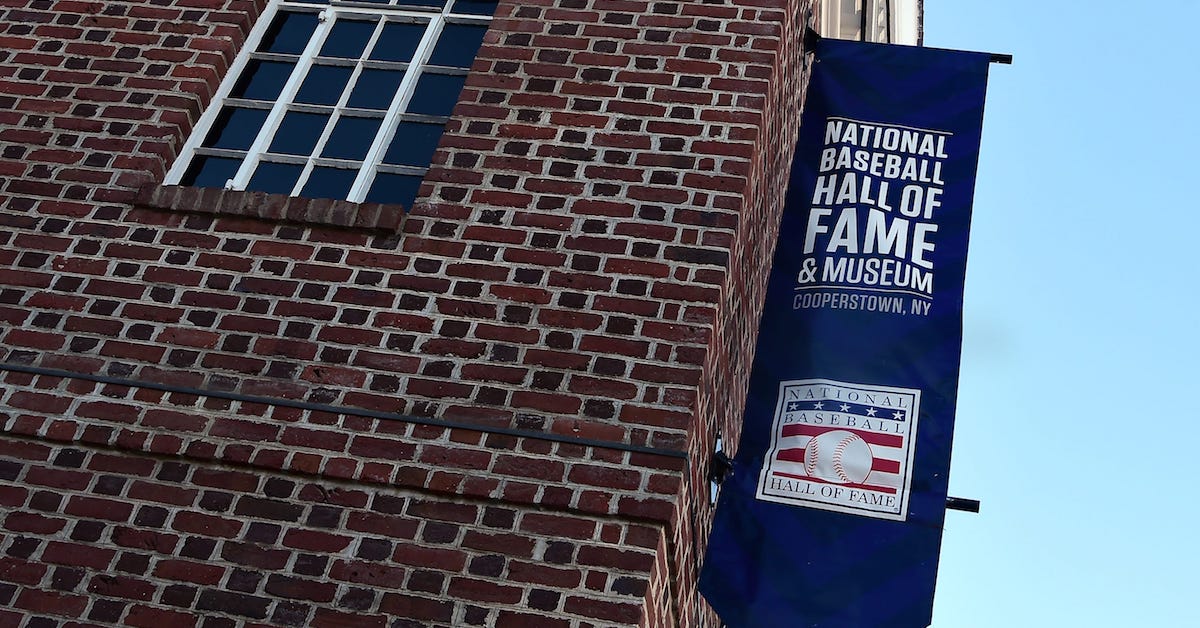Ronald Acuña Jr.’s Eventual Return Comes Into Focus

Ronald Acuña Jr. did something we’ve never seen in 2023, becoming the first player to combine at least 40 homers and 70 stolen bases in the same season en route to NL MVP honors. Unfortunately, Acuña followed up that spectacular season by doing something we had seen before when he tore his anterior cruciate ligament. Having already torn his right ACL just before the All-Star break in 2021, he tore his left one last May 26. While he was playing defense for the first one and stealing a base for the second, the end result was the same: season-ending surgery and a massive hole in the Braves’ lineup. The team has taken his rehab more slowly this time around. Acuña will start the year on the injured list, and likely miss the first month if not more.
When Acuña reported to camp in mid-February, the Braves said that he wouldn’t play in any Grapefruit League games. The 27-year-old slugger has since been cleared for some baseball activity, and has been entertaining onlookers with his long-distance home runs in batting practice, building a legend in the process. According to the Atlanta Journal-Constitution’s Ken Suguria, Braves manager Brian Snitker claimed that one Acuña homer cleared a video board beyond left center field at CoolToday Park, the team’s spring facility — a shot that would have traveled at least 450 feet.
“[Hitting coach Tim Hyers] was saying he was in the cage the other day and [Acuña was] whistling that bat around like guys would do a Wiffle bat,” Snitker told reporters. “He’s probably as strong as he’s ever been right now.” Read the rest of this entry »






